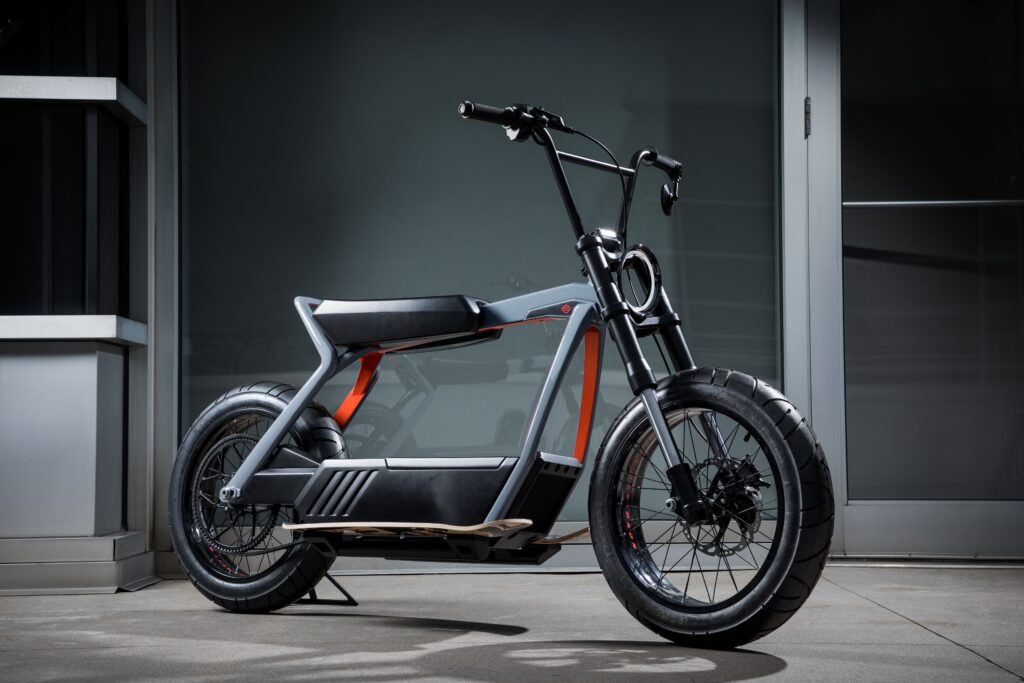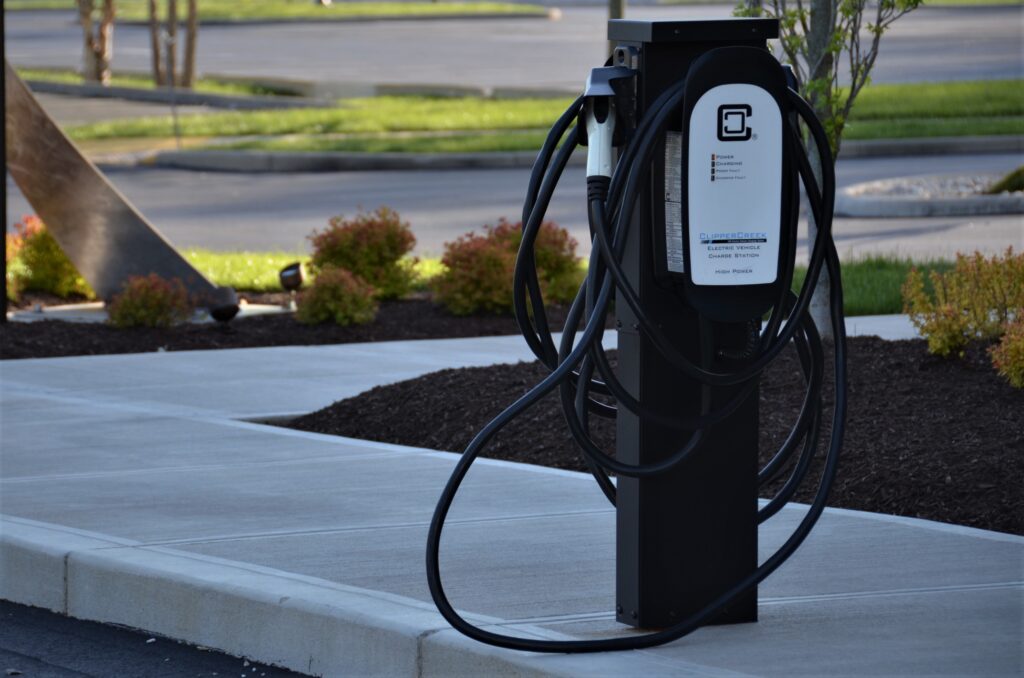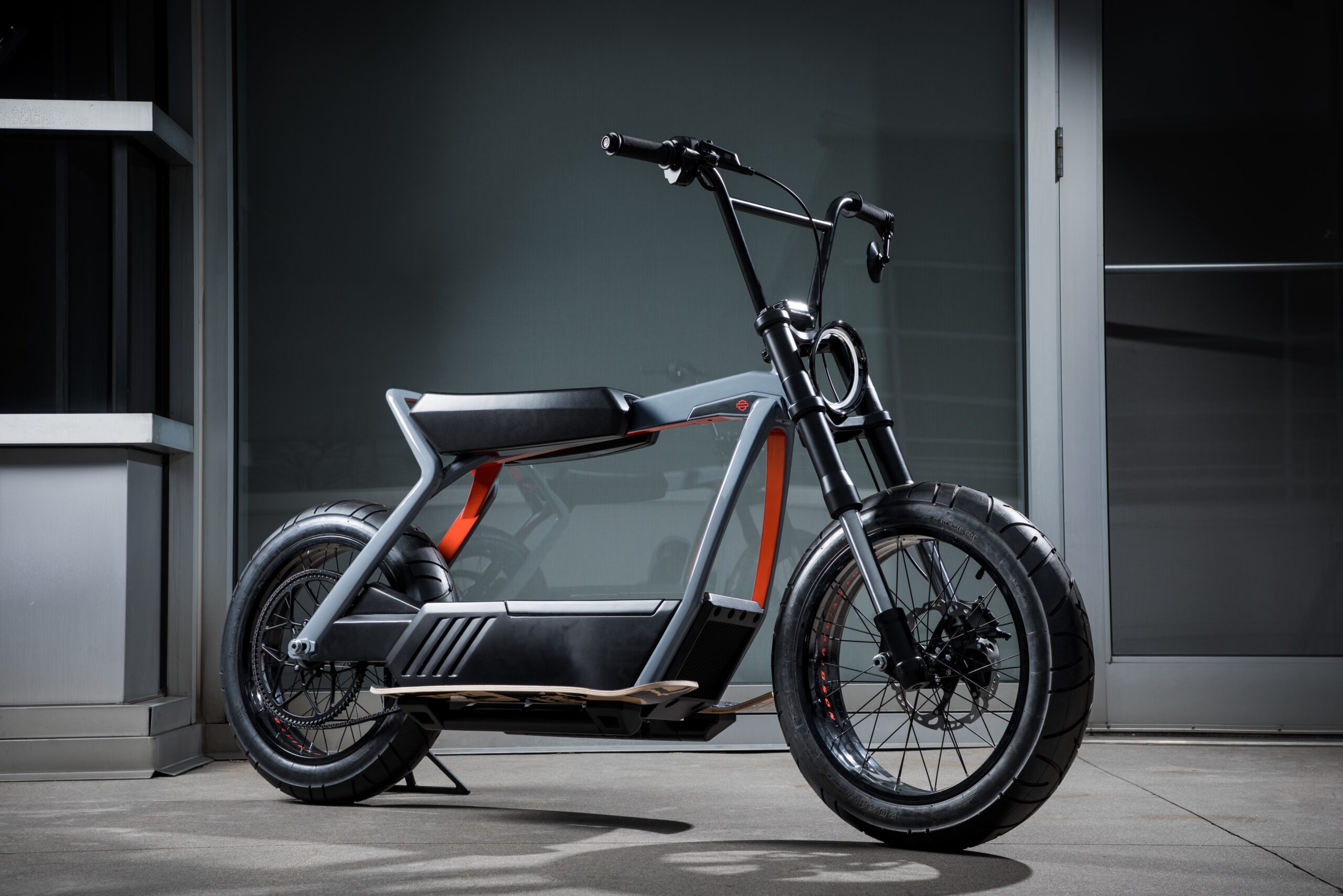Have you ever wondered what the maximum weight an electric scooter can handle? Whether you’re a potential rider looking to purchase an electric scooter or someone simply curious about their capabilities, understanding their weight capacity is crucial. Exploring the maximum weight limits of these popular vehicles can help you make an informed decision and ensure both your safety and the scooter’s performance. In this article, we will delve into the topic and uncover the fascinating facts surrounding the maximum weight capacity of electric scooters.

Factors Affecting Maximum Weight Capacity
When it comes to electric scooters, understanding the factors that affect their maximum weight capacity is essential. The weight capacity refers to the maximum load that an electric scooter can carry while maintaining stability and optimal performance. Several factors contribute to determining the weight limit of an electric scooter. Let’s break them down:
Motor Power
The motor power of an electric scooter plays a significant role in its weight-carrying capacity. As you might expect, a scooter with a higher motor power can handle heavier loads more easily. The motor power is usually measured in watts, and it directly impacts the scooter’s ability to tackle uphill terrains and carry additional weight.
It’s important to note that there can be trade-offs between motor power, efficiency, and performance. While a high-powered motor can handle heavier loads effortlessly, it may consume more energy, resulting in reduced battery range. Therefore, finding the right balance between motor power and efficiency is crucial when considering the weight capacity of an electric scooter.
Battery Capacity
The battery capacity of an electric scooter is another crucial factor affecting its maximum weight capacity. The battery capacity determines how much energy the scooter can store and subsequently utilize for its operation. As the weight of the rider increases, more power is required to propel the scooter, which puts a strain on the battery.
Electric scooters with larger battery capacities typically have higher weight limits since they can deliver more power to the motor. However, it’s important to consider the trade-off between battery capacity and scooter weight. A larger battery may increase the weight of the scooter itself, thus reducing the overall weight capacity. Finding the right balance between battery capacity and the weight of the scooter is essential.
Additionally, it’s important to consider the type of batteries used in electric scooters. Rechargeable batteries, such as lithium-ion batteries, are commonly used due to their higher energy density and longer lifespan. Non-rechargeable batteries, on the other hand, have lower weight capacities and require frequent replacement.
Tire Size and Type
The size and type of tires on an electric scooter have a direct impact on its weight capacity. Wider tires offer better stability and distribute the weight of the rider more evenly. This increased stability allows for higher weight capacities, as the scooter can maintain balance and maneuverability more easily.
Another consideration is the choice between air-filled and solid tires. Air-filled tires, commonly found in traditional bicycles, provide better shock absorption and a smoother ride. These types of tires are more suitable for heavier loads as they offer greater support. However, they are also prone to punctures and require maintenance. On the other hand, solid tires are maintenance-free but may not offer the same level of comfort and support as air-filled tires.

Frame Construction
The construction of the scooter frame is a critical factor affecting its weight capacity. The frame should be designed to withstand the forces associated with carrying a heavy load while maintaining structural integrity. The strength and durability of the frame play a vital role in handling heavier weights.
Different materials, such as aluminum or steel, can be used for the frame construction. Aluminum is lightweight, making it a popular choice, but it may have a lower weight capacity compared to steel frames. The design of the frame also plays a role, with considerations such as reinforcement and weight distribution affecting the weight capacity.
Suspension System
The suspension system of an electric scooter is important for weight-bearing and overall comfort and stability. A good suspension system absorbs shocks and vibrations caused by uneven surfaces, thereby reducing the impact on the rider and the scooter itself. When it comes to weight capacity, a well-designed suspension system can handle heavier loads more effectively.
Different suspension types, such as front suspension forks or rear suspension systems, offer varying levels of support. The choice of suspension type depends on the intended use of the scooter and the weight capacity required. It’s worth noting that a robust suspension system may add weight to the scooter, which could affect the overall weight capacity.

Braking System
The braking system is critical for ensuring the safety and weight capacity of an electric scooter. A strong and reliable braking system is essential when carrying heavier loads, as it needs to be able to bring the scooter to a stop efficiently and effectively. The braking system should be capable of handling the additional weight and provide sufficient stopping power.
Some electric scooters also incorporate regenerative braking, which converts the kinetic energy generated during braking into electrical energy and stores it in the battery. This feature can assist in extending the scooter’s battery range, but its effectiveness may vary depending on the weight being carried.
There are different types of braking systems, such as disc brakes and drum brakes, each offering its own advantages. Disc brakes generally provide better stopping power and are less prone to overheating, making them suitable for heavier loads. However, they may require periodic maintenance. Drum brakes, on the other hand, are more durable but may have slightly reduced stopping power.
Overall Design and Material
The overall design and choice of materials used in an electric scooter significantly impact its weight capacity. Design considerations such as weight reduction techniques, optimized load distribution, and structural reinforcements can enhance the weight capacity of a scooter without compromising its performance.
Similarly, the choice of materials affects both the weight and strength of the scooter. Lightweight materials, such as carbon fiber or aluminum alloys, can contribute to a higher weight capacity. However, these materials may be more expensive. Considering the strength-to-weight ratio is crucial to ensure that the scooter can handle heavier loads without compromising its structural integrity.
Maximum Speed
The maximum speed of an electric scooter is also related to its weight capacity. As the weight of the rider increases, it may affect the scooter’s ability to reach and maintain higher speeds. The additional weight can put strain on the motor and drain the battery faster, resulting in reduced speeds.
Furthermore, the maximum speed of an electric scooter may be subject to legal considerations, such as local speed limits. It’s essential to ensure that the scooter’s weight capacity aligns with the maximum speed allowed on the intended riding routes.
Terrain and Slope Gradient
The terrain on which an electric scooter is ridden affects its weight capacity. Different terrains, such as flat surfaces or uphill slopes, impose varying levels of strain on the scooter and its components. Uphill terrains, in particular, require a scooter with higher motor power and torque to handle the additional weight effectively.
Slope gradient is another factor to consider. Steeper gradients require more power to overcome, which may limit the weight capacity of the scooter. It’s important to match the scooter’s weight capacity with the intended terrain and slope gradient to ensure safe and efficient operation.
Rider Positioning
The positioning of the rider on the scooter also influences its weight capacity. Proper weight distribution is essential for maintaining stability and control, especially when carrying heavier loads. The rider should be positioned in a way that evenly distributes the weight across the scooter, preventing excess strain on specific components.
The handlebar position also plays a role in weight carrying. If a scooter is intended for carrying additional loads, having adjustable handlebars or provisions for attaching cargo carriers can provide better weight distribution and enhance stability.
In conclusion, the maximum weight capacity of an electric scooter is influenced by various factors. Motor power, battery capacity, tire size and type, frame construction, suspension system, braking system, overall design and material, maximum speed, terrain and slope gradient, and rider positioning all play significant roles. Understanding and considering these factors are crucial when choosing an electric scooter that can safely and efficiently handle your desired weight capacity.

